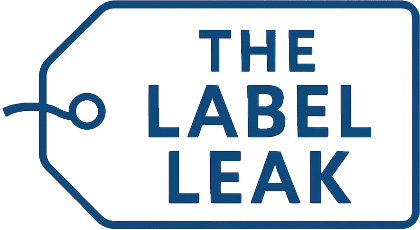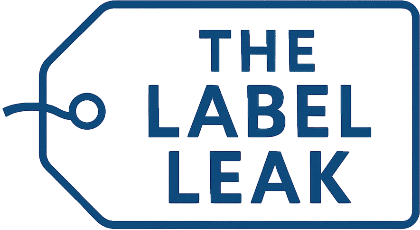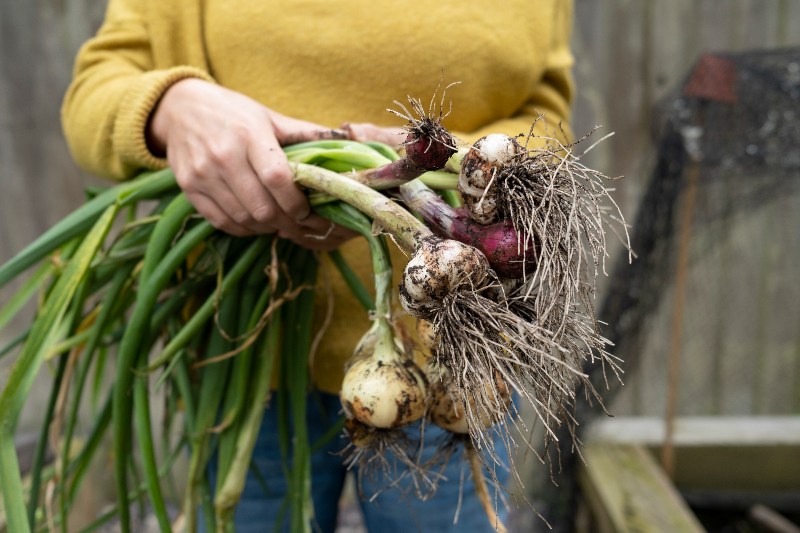Vegetables grown near chemical plant found to contain carcinogenic ‘forever chemical’
In July last year, Wyre Council launched an investigation under Part 2A of the Environmental Protection Act 1990 to consider historic contamination to soil of PFOA – a class one carcinogenic chemical – via air deposition from the AGC Chemicals Europe Ltd site at the Hillhouse Technology Enterprise Zone in Thornton Cleveleys, Lancashire.
Initial testing, conducted by consultancy firm WSP UK on behalf of the council, found that all 22 sampled land parcels reported detectable levels of PFOA concentrations in the soil.
Users of the Occupation Road allotments and residents living within a one kilometer radius of the chemical plant were subsequently told to take a “precautionary approach” when eating home-grown produce.
The council has since conducted further testing of vegetables grown in these allotments and has concluded that “PFOA uptake was confirmed in most vegetables analysed”.
The council said that the Food Standards Agency (FSA) has assessed the results and stated that regular consumption of large quantities of these vegetables could increase PFAS exposure, potentially exceeding the tolerable weekly intake by up to eight times when considering average background intake from the rest of the diet.
The official advice from the FSA is to wash and peel home grown produce to remove soil, dust and bacteria before eating. Wyre Council said it has issued precautionary advice for those who grow their own fruit and vegetables and who live within 1km of Hillhouse Technology Enterprise Zone.
The council said this advice is to consider a ‘better safe than sorry’ approach to eating home-grown produce until further information becomes available.
As well as testing of allotment produce, the council also commissioned WSP to conduct further soil sampling at 63 locations within 500m of the AGC site. This testing included residential gardens.
The results, which have also been published this week in a 485-page report, have found elevated levels of PFOA in 187 of the 191 samples (99%).
The highest level of PFOA recorded was 144,000ng/kg. This sample was taken from a residential garden. This is almost 19 times higher than the council’s screening threshold of 17,600ng/kg for gardens where vegetables are grown.
The average PFOA level across all of the 191 samples was 4,180ng/kg.
In a non-technical summary published alongside the report, the council said that “exceedances of screening values do not automatically imply an unacceptable risk; however, they do highlight the need for further investigation”.
The council said that while the dataset is not yet comprehensive enough to support a detailed health risk assessment, it “clearly demonstrates chemical deposition and environmental impact on soils”.
Leigh Day solicitor Charlotte Armstrong said: “Leigh Day has been contacted by multiple residents in Thorton-Cleveleys who are concerned about the results that are starting to emerge from Environment Agency’s testing for PFOA. The fact that the majority of the latest sampling was in residential gardens and elevated levels of PFOA was reportedly found in 99% of these samples is alarming. It is imperative that the scale of the contamination is thoroughly investigated, and proper remediation measures are put in place as soon as possible.”
Dr. Shubhi Sharma from the charity CHEM Trust said: “It is extremely worrying that PFOA, a known human carcinogen, has been found in almost 99% of the soil samples in Thornton Cleveleys. This is yet another example of PFAS pollution in the UK.
“People should not have to be concerned about toxic chemicals in their gardens and home-grown food. The UK government has been far too slow to act when it comes to regulating PFAS chemicals and any further delay will just keep adding to this problem. The only way to protect people and the environment from the adverse impacts of these forever chemicals is to regulate them as a group and at the very source.”
A spokesperson for Wyre Council, on behalf of the multi-agency investigation, said: “Analysis of the Phase 2 soil samples collected confirms that more detailed sampling is now required in an area to the southeast of the Hillhouse site.
“We know that this is likely to cause concern for many people. However, it’s important to note that no part of the area has been formally determined as contaminated, this simply indicates that further information is required. This further testing will take place this autumn to provide more detailed information to the investigation team.
“An investigation of this type is complex and does take time but please be assured that finding the answers on behalf of our community is an absolute priority for us. We are working with our partner agencies to make sure the process is carried out as quickly – but robustly – as possible.”
ENDS has contacted AGC Chemicals Europe Ltd and the Environment Agency for comment.


